NATO Countries are scrambling to develop and acquire drones capable of operating in the harsh Arctic environment, as mounting geopolitical tensions and increased Russian and Chinese activity in the region highlight significant technological gaps in Western drone capabilities.
The urgency was starkly demonstrated in Greenland when Mads Petersen, owner of startup Arctic Unmanned, tested a drone in -43°F (-45°C) conditions. Sitting in his car to keep warm during the test, Petersen watched as the extreme cold drained the drone’s battery within just three minutes, exemplifying the severe technical hurdles that manufacturers and military forces must overcome.
Technical Challenges in Arctic Drone Operations
The primary challenge for drone operations in the Arctic stems from the region’s extreme temperatures and weather conditions. Drones face multiple critical issues:
Temperature impacts on battery performance pose a significant limitation, with conventional batteries experiencing severely reduced capacity and operational time in sub-zero conditions. The risk of icing presents an even more serious challenge, particularly in temperatures between 46°F and 14°F (8°C to -10°C), where ice formation on propellers and wings can destroy aerodynamic properties and lead to catastrophic failure. Cold, fog, rain, or snow can cause immediate malfunction or crash.
Only the largest long-range drones currently possess sufficient power capacity to support anti-icing systems similar to those used in conventional aircraft. These advanced models come at a steep cost – upwards of $200 million each – while basic tactical reconnaissance drones range from $3,000 to $35,000, and medium-sized tactical drones with ranges up to 124 miles cost between $250,000 and $5 million.
Strategic Implications and NATO’s Response
The United States has identified the Arctic as crucial for territorial defense and early warning systems against nuclear attacks. In a July strategy document, the U.S. specifically highlighted unmanned technology as key to countering Chinese-Russian collaboration in the region. This comes as Russian and Chinese forces have demonstrated increased coordination, with joint bomber flights off Alaska‘s coast and combined coast guard operations through the Bering Strait.
Recent geopolitical developments have intensified focus on the region, including former President Trump’s renewed claims regarding U.S. interests in Greenland for international security purposes.
NATO member states are responding with significant investments:
- Denmark has allocated 2.7 billion Danish crowns ($381 million) for two long-range Arctic drones and set aside an additional 60 million crowns for smaller models to support its Joint Arctic Command operations in Greenland.
- Finland has emerged as an early adopter, deploying 2,000 new drones manufactured by French company Parrot, capable of operating at -33°F (-36°C), to supplement their existing fleet of 250 aircraft. These drones, available commercially for around $9,000 each, form part of their proposed “drone wall” along the Russian border.
- Norway plans to invest between $25-40 million in weather-resistant drones for its army by 2030, while also developing long-range surveillance capabilities for its planned Arctic base.
- Canada is expanding its capabilities with orders for 24 winter-capable medium-sized drones and 40 small ones for its navy, adding to its current fleet of approximately 150 older small and medium-sized drones.
Environmental Concerns
The push for Arctic drone capabilities has raised environmental concerns. Norway’s climate ministry has highlighted the potential environmental impact of lost drones in the “particularly vulnerable” Arctic region, leading to a ban on most drone use in much of the Svalbard archipelago starting this year.
While some suggest developing cheap, disposable “kamikaze” drones as a solution to cold-weather limitations, this approach risks littering the sensitive Arctic environment with drone debris. Sweden‘s defense ministry acknowledges the environmental impact but argues that maintaining credible defense capabilities that prevent conflicts through deterrence is ultimately better for the environment than dealing with the devastation of war.
Technological Solutions and Industry Response
Manufacturers are pursuing various approaches to overcome Arctic challenges:
- Smaller multicopter drones are being developed with specialized blade designs, including propellers that spin at speeds sufficient to instantly transform snow or ice into gas. Nordic Drones, recently acquired by the Finnish-Norwegian joint venture Patria, has implemented an automated system enabling drones to detect and avoid areas with fog or snow.
- For larger fixed-wing drones, Norwegian startup Ubiq Aerospace is developing innovative solutions, including a carbon fiber composite mesh that can be electrically heated to prevent ice formation. The company has secured contracts worth over $5 million with major defense contractors including Boeing and Lockheed Martin.
The Path Forward
The race for Arctic drone capabilities reflects a broader shift in military strategy as NATO confronts evolving challenges in the High North. General Major Lars Lervik, head of the Norwegian Army, acknowledges that NATO members are “having to catch up with Ukraine and Russia” in drone warfare experience.
As climate change continues to increase the Arctic’s strategic importance, the development of cold-weather capable drones has become a critical priority for NATO forces. The alliance plans to facilitate collaboration between governments and companies through dedicated sessions this year, recognizing that innovative solutions may come from startups and smaller companies rather than traditional defense contractors.
Photos courtesy of Armed with Science / US Army
Discover more from DroneXL.co
Subscribe to get the latest posts sent to your email.


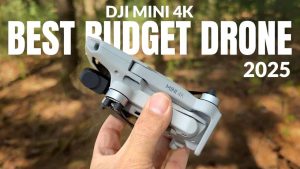

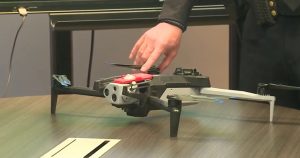
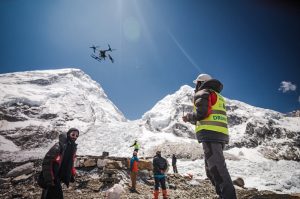
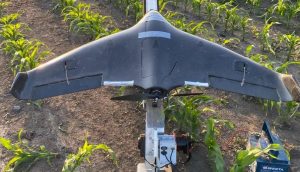
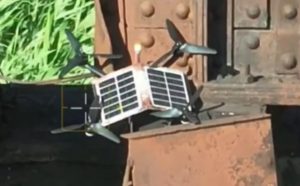
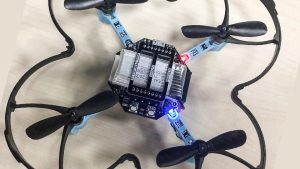
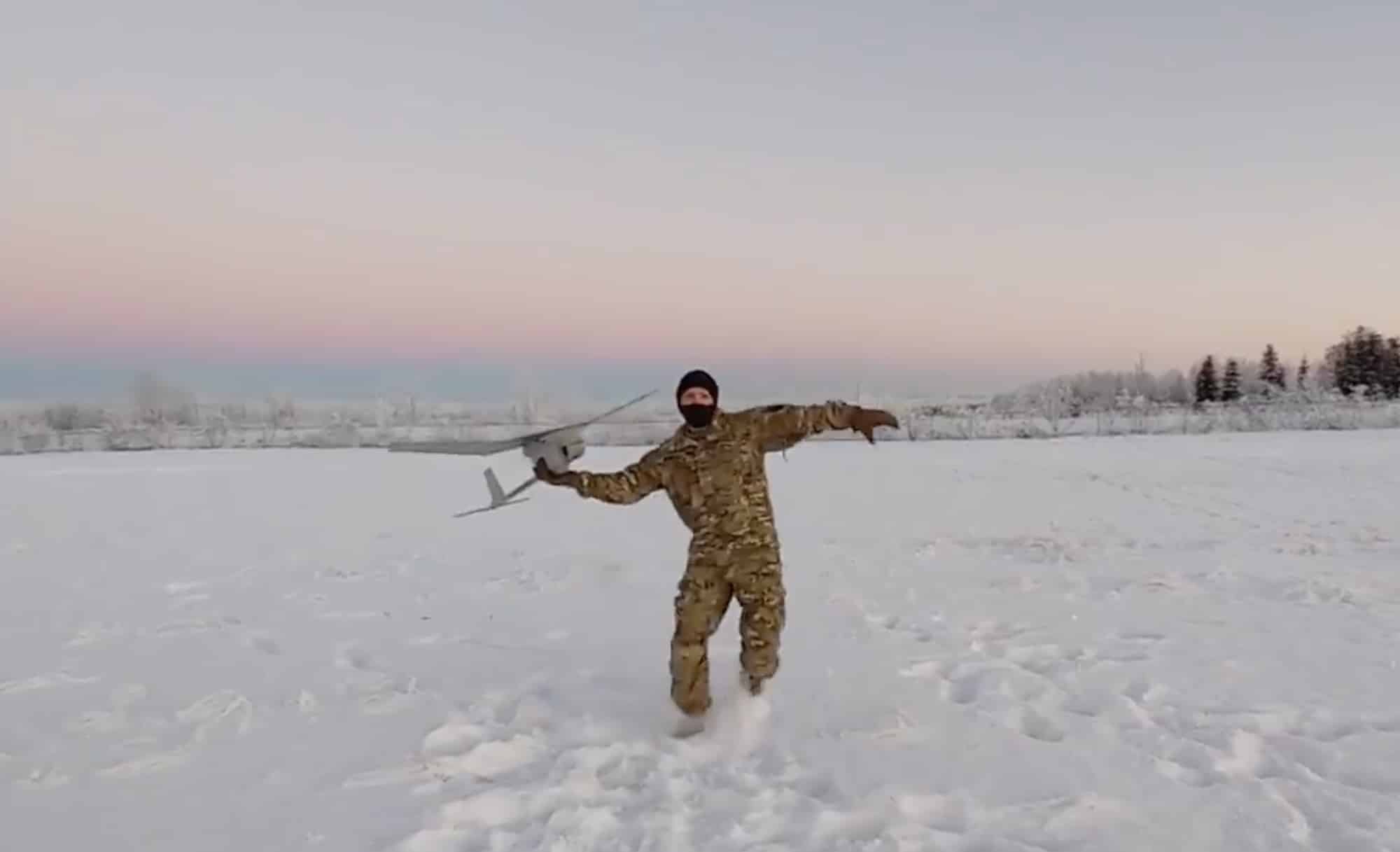
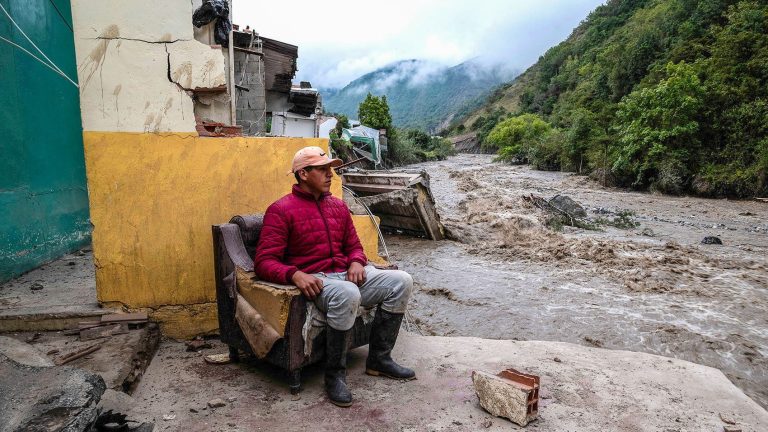

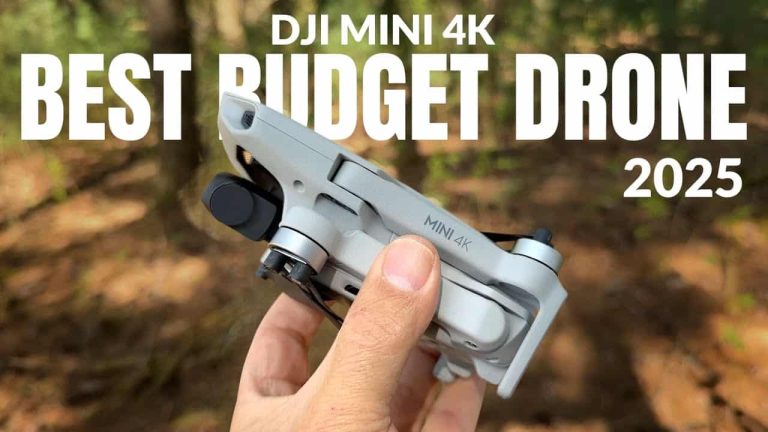
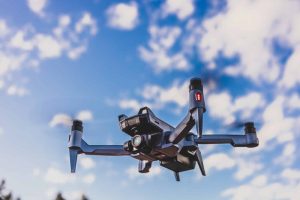
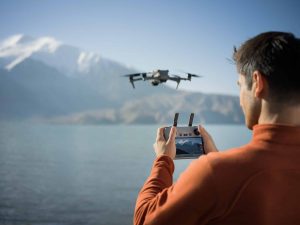

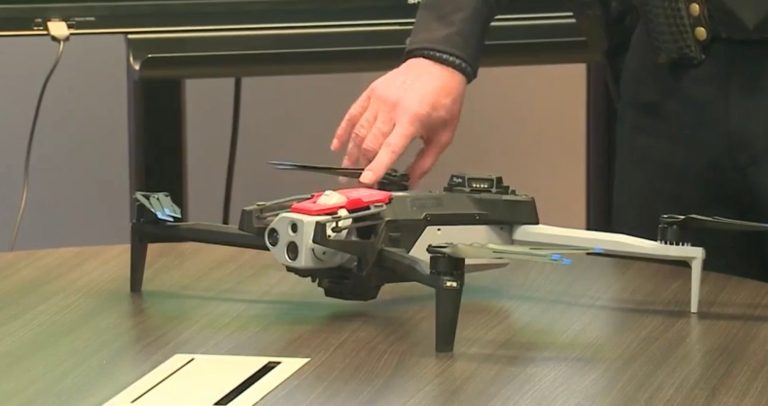
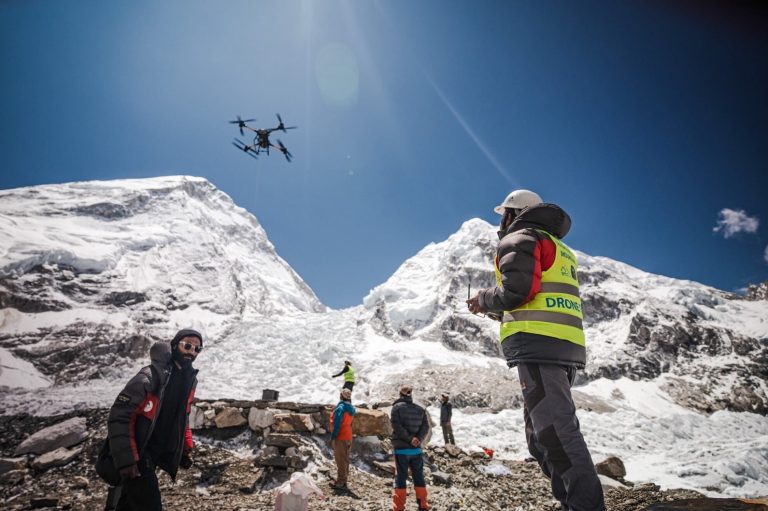
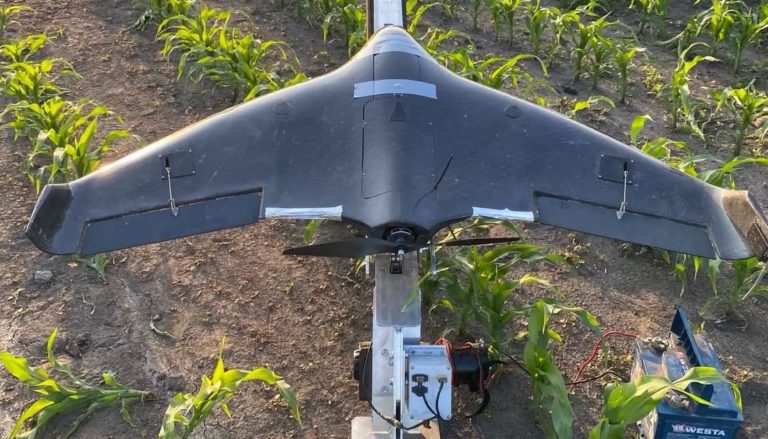
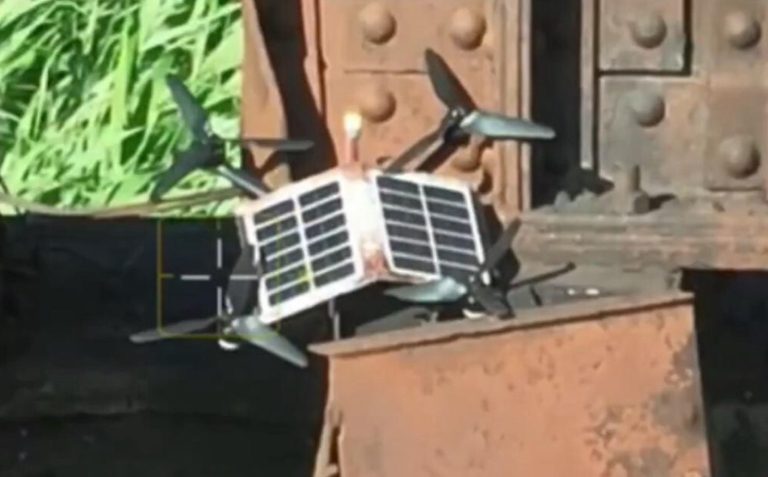
+ There are no comments
Add yours